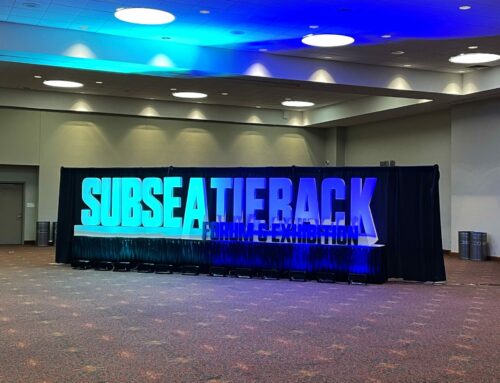CableGuardian Utilises Tier 2 Configuration to Monitor Network Rail Individual Feeders
March 19, 2024
Discover how Network Rail Wales and Western Region (Yatton) used CableGuardian to optimise signalling power supplies asset management with precise insulation resistance monitoring. Read the full case study here.
Technology Upgrade
Network Rail Wales & Western region undertook a project to deploy CableGuardian on the Signalling Power System (SPS), which had continually recorded low Insulation Resistance (IR) values within the Intelligent Infrastructure system (II). The Signalling Power System was an ageing asset being monitored by a single Insulation Monitoring Device (IMD) in a Tier 3 configuration, which provided a single insulation resistance value within the Intelligent Infrastructure System (II).
The SPS asset comprises two feeders totalling approximately 13km in length and a Relay Room close to the Principal Supply Point (PSP). All contribute their individual IR values to the total network IR value reported within II. Because of this, the causes of the low network insulation resistance values were not immediately evident. The traditional method of identifying the cause(s) and location(s) for the low network IR is to disconnect and test each cable section.
The decision was made to install CableGuardian in a Tier 2 configuration, with an individual CableGuardian unit monitoring each of the two feeders. This would give Network Rail insight into their asset, which had not been available until then.
Now, instead of a single value for network IR, Network Rail’s E&P Engineers could see the individual insulation resistance measurements taken by the CableGuardian hardware, better understand their asset, and decide how to address the issue.
From the data captured by CableGuardian (view the data here), Network Rail could quickly review the status of its assets from its office rather than having to have ‘boots on ballast’ to test the cables and obtain this information.
It can be seen in the table here that:
One feeder is 2.75km long with an IR measurement of >500kΩ
The second feeder is 10.3km long with an IR measurement of >500kΩ
The 20m cable to the relay room had an IR measurement of 50kΩ
The CableGuardian portal uses colour coding to identify which Sub-Network Section is below the alarm levels along with symbols to indicate the Sub-Network Section with the lowest IR as well as the Sub-Network Section with the lowest Normalised IR , a unique feature of CableGuardian indicating the lowest IR/km.
To measure insulation resistance, CableGuardian considers all the switchgear and ancillary equipment associated with the SPS, not just the feeder cables. The data within the CableGuardian portal indicated that the issue lay within the Relay Room rather than the feeders, removing the need to obtain possession, put ‘boots on ballast’, and test the feeder cables only to find that the issue lay elsewhere.
CableGuardian provided Network Rail with an understanding of their asset that they previously had yet to have and reassured them that the insulation resistance (IR) values of the individual feeders were above the levels that would have meant that further attention was necessary. The cause of the low insulation resistance value associated with the Relay Room emanated from some ancillary equipment rather than cables, and the appropriate steps will be taken to address this and bring the SPS out of the low IR alarm status.
Now that CableGuardian has been installed in a Tier 2 configuration on the SPS, this provides the NR Engineers with a technological alternative to the 5-yearly manual cable testing requirement NR/L2/SIGELP/50000.
CableGuardian is providing Network Rail with greater insight and understanding of its assets. It also empowers the rail industry to move from the uncertainty of periodic testing to a real-time condition-based approach.





